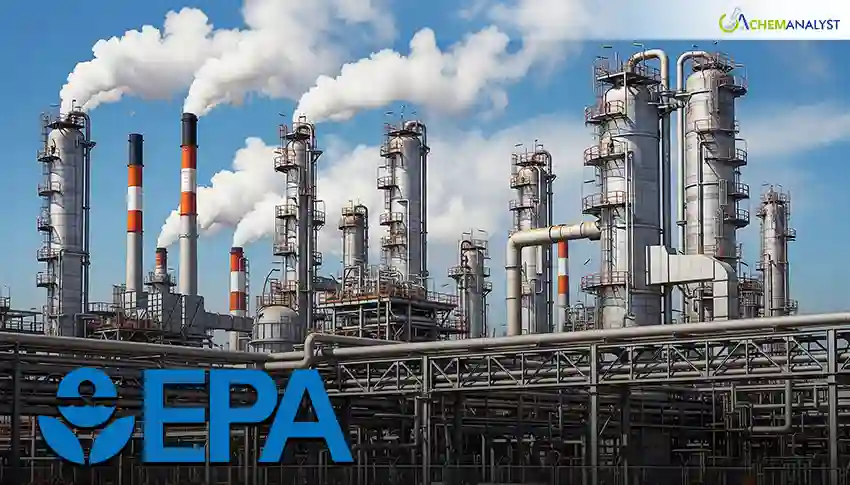Welcome To ChemAnalyst

An ammonia storage facility in Stockton, California, has been penalized by the EPA for multiple safety violations of the Clean Air Act. As part of a settlement, the California Ammonia Company (CALAMCO) will pay a fine and implement significant safety improvements to protect the community and first responders.
The U.S. Environmental Protection Agency (EPA) announced a significant settlement on August 19, 2025, with the California Ammonia Company (CALAMCO) over claims of multiple violations of the Clean Air Act (CAA). The facility, located in Stockton, stores and distributes anhydrous ammonia, a chemical used for agricultural fertilizers, and was found to have failed to meet critical safety and risk management standards. Under the terms of the agreement, CALAMCO will pay a penalty of $460,465 and has committed to a series of substantial safety improvements.
The EPA's action comes after a March 2022 inspection of the CALAMCO facility revealed numerous failures under CAA Section 112(r), also known as the Risk Management Program (RMP), and the General Duty Clause. This section of the law mandates that facilities handling hazardous chemicals take all necessary precautions to prevent accidental releases that could harm the public or the environment.
The inspection identified several key areas of concern:
• Failure to Maintain Equipment: The facility failed to properly test and maintain essential ammonia refrigeration equipment, which is vital for preventing and responding to chemical incidents.
• Inadequate Labeling and Documentation: Critical ammonia equipment was not properly labeled, and the company lacked documentation to show that it complied with industry safety standards. These measures are crucial for ensuring the safe operation of the equipment and minimizing the risk of a leak.
• Insufficient Employee Training: The EPA found that employees had not received adequate training on proper operating procedures, a fundamental requirement for maintaining a safe working environment and preventing accidents.
• Flawed Hazard Analysis: The company's process hazard analysis, a core component of the RMP designed to identify and reduce risks, was deemed inadequate.
• Underestimated Risk to Community: The most concerning violation was the company's underestimation of the potential quantity of ammonia that could be released in a catastrophic incident and its failure to document the population that could be affected. This type of information is critical for local firefighters and other emergency responders to prepare for and mitigate the consequences of a chemical release.
Anhydrous ammonia is a highly dangerous substance. It is an effective refrigerant and a key component in fertilizer production, but its properties pose serious risks. Inhaling or having skin contact with anhydrous ammonia can cause severe and often irreversible health effects. Additionally, the chemical is highly flammable, creating a risk of fire and explosion.
We use cookies to deliver the best possible experience on our website. To learn more, visit our Privacy Policy. By continuing to use this site or by closing this box, you consent to our use of cookies. More info.
